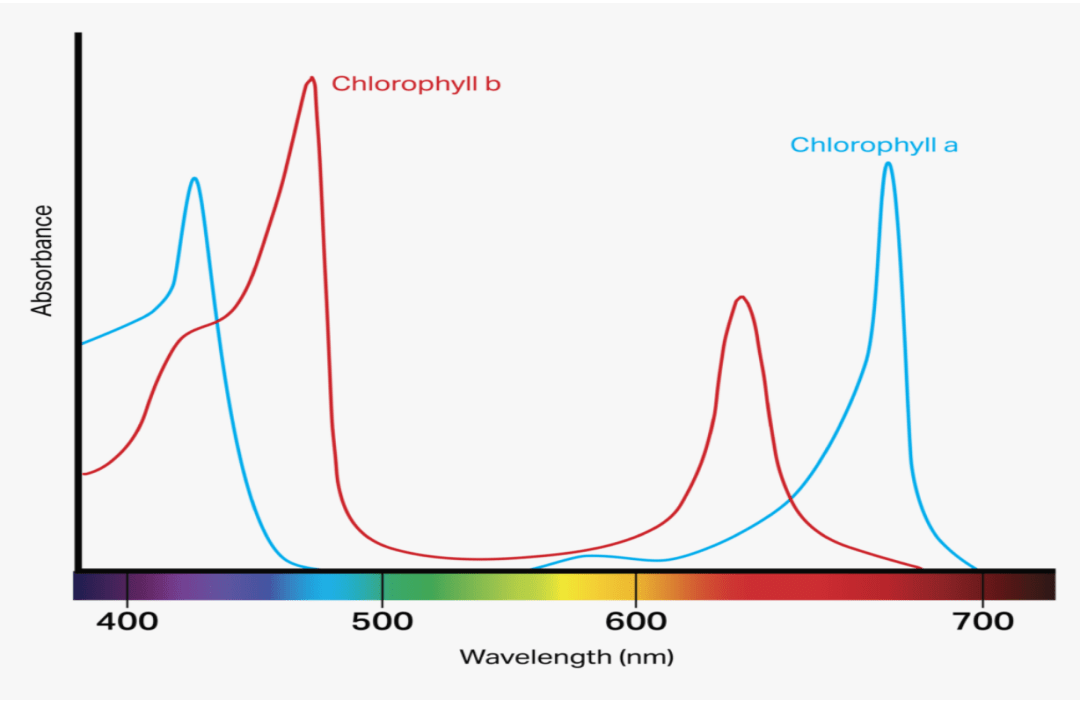
PAR (Photosynthetically Active Radiation) describes the portion of the visible spectrum that plants “see” and use for photosynthesis (400nm-700nm). PPFD (Photosynthetic Photon Flux Density) measures the amount of light (PAR) a plant receives over time. PPFD represents the light density a plant receives over time and is measured in micromoles [of photons] per square meter per second (1).
A way to visualize PPFD is to imagine the sun is “pouring” light onto the plant leaves. As the sun pours light onto the plants, their leaves are collecting the energy. PPFD is the measurement of the amount of light (photons) the sun “pours” onto the plants over time. PPFD is an important metric because it helps growers accurately measure the light intensity for photosynthesis at the canopy level. It is also important because lights placed too close to the canopy can cause burning, bleaching, stunted growth, or discoloration.



